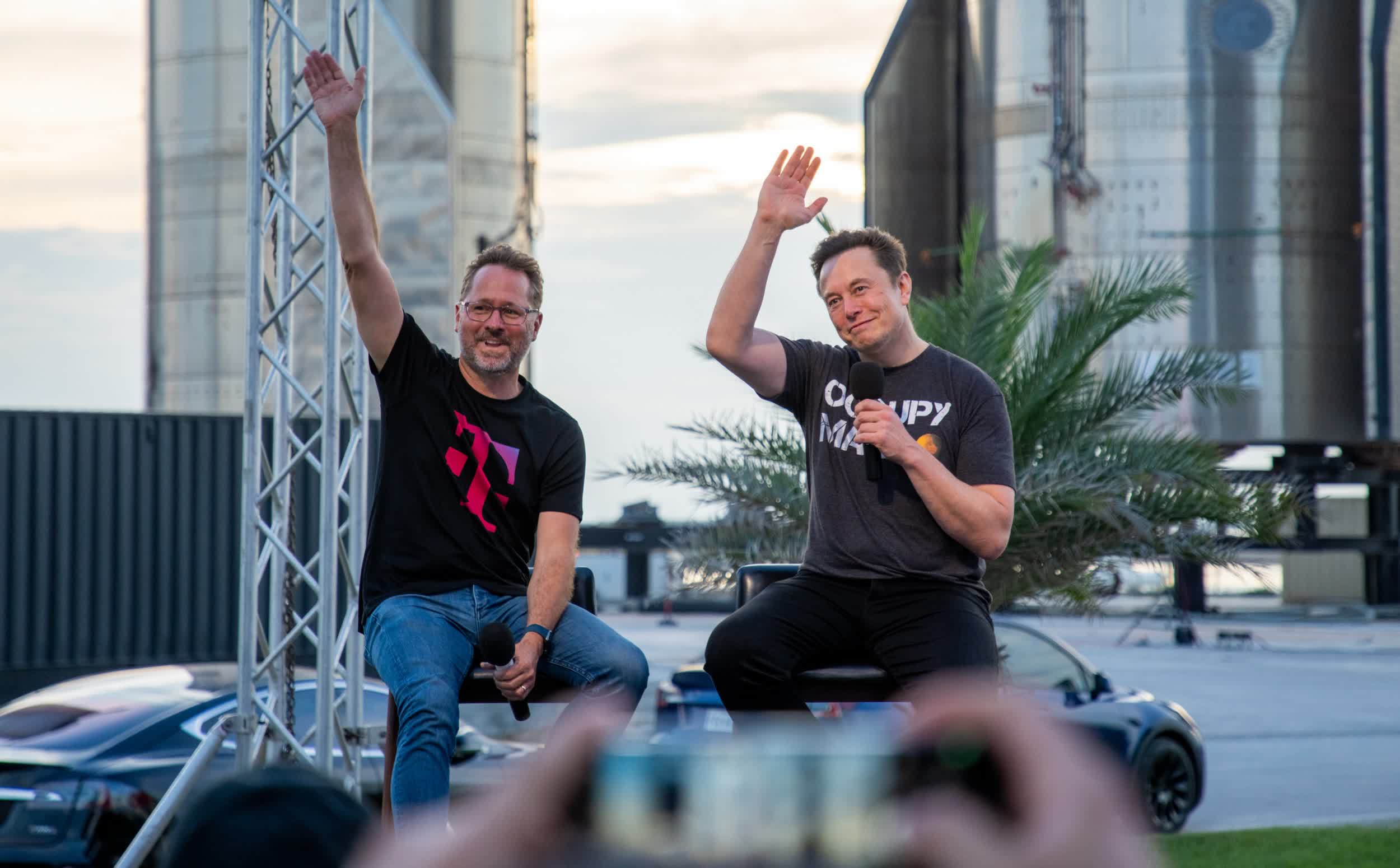Forward-looking: SpaceX recently launched another batch of Starlink satellites into low-Earth orbit from its launch facility at Vandenberg Space Force Base in California. The payload, which blasted off at 7:44 p.m. Pacific aboard a Falcon 9 rocket, is notably the first to include Direct to Cell-capable satellites.
SpaceX first announced the forward-looking satellite service in the summer of 2022, and said it would partner with T-Mobile in the US. The company said the first six satellites with Direct to Cell capabilities have an advanced modem that allows them to function like a cellphone tower in space, effectively eliminating dead zones regardless of if you are on land, lakes, or coastal waters.
T-Mobile said more than half a million square miles of land in the US and vast stretches of ocean are unreachable by terrestrial cell phone networks due to land-use restrictions, terrain limitations, and more. With the new service, they aim to fill the gaps from above and eliminate the need to rely on expensive satellite phones.
The six @Starlink satellites on this mission with Direct to Cell capability will further global connectivity and help to eliminate dead zones → https://t.co/FgiJ7LOYdK pic.twitter.com/zFy7SrpsYs
– SpaceX (@SpaceX) January 3, 2024
When the service was first announced, SpaceX boss Elon Musk said it would work so long as the user could see the sky. It should also likely work while you are in a vehicle or if your phone is in your pocket, he added.
Now that the satellites are in low-Earth orbit, field testing can soon begin. T-Mobile reiterated that service will initially begin with text messaging, but that more advanced features like voice and data coverage will be added in the coming years.
T-Mobile is not the only carrier lined up to tap into the service. SpaceX mentioned nearly half a dozen additional partners around the globe including Rogers in Canada, KDDI in Japan, One NZ in New Zealand, Optus in Australia, Entel in Peru and Chile, and Salt in Switzerland.
No word yet on when the consumer facing service will arrive or how pricing will be handled, but we have to think T-Mobile will roll it out slowly and at a premium.
